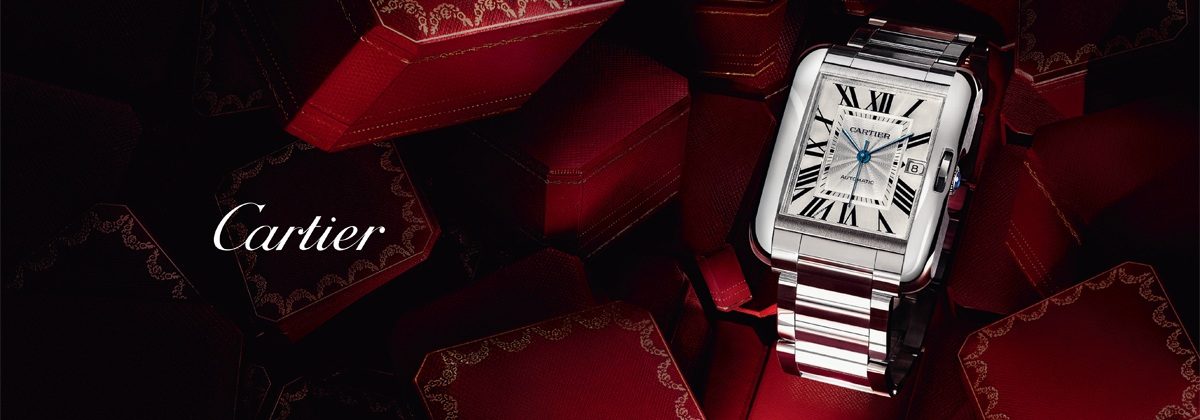I don’t consider myself as a big spender by any means, in fact, my friends tend to think of me as frugal in every sense of the word, so when I realized that my husband needed a new watch and his birthday was just around the corner, I immediately began my search.
In recent years Cartier, the king of haute joaillerie, has begun storming the bastions of haute horlogerie. In this full-length feature from our October 2010 issue, WatchTime’s Joe Thompson explores the intriguing origins and bold future initiatives of Manufacture Cartier.
In April 2008, Cartier startled the watch world with the introduction of its first ever Geneva Seal watch, the Ballon Bleu Flying Tourbillon. At the time, some watch industry observers (including this reporter) considered it a stunt.
Cartier is a genuine watch power; it is either the second- or third-best-selling Swiss watch brand in the world after Rolex. (Omega and Cartier both claim to be number two.) However, famously French Cartier had no tradition of making mechanical movements in-house and no watch manufacturing roots whatsoever in the canton of Geneva, which is a key requirement to earn the allegedly prestigious Poinçon de Genève. So how did Cartier get the Geneva Seal?
In 2007, Cartier’s parent company, Richemont SA, acquired the production facilities of Manufacture Roger Dubuis in Geneva, which specialized in making Geneva Seal movements. Cartier promptly took over an atelier in the Dubuis facility and installed 10 master watchmakers there. The flying-tourbillon caliber they produced there, the 9452 MC, is based on a Roger Dubuis design. Voilà: Paris-based Cartier, with watch production facilities in La Chaux-de-Fonds and Fribourg, Switzerland, was transformed into a Geneva Seal brand. Technically it was legit. But the question lingered: Was the expertise really Cartier’s or was it Dubuis behind a Ballon Bleu facade?
Two years later, it’s clear that it really was Cartier. What some saw as a stunt was actually a shot, an opening salvo announcing Cartier’s emergence as a bona fide mechanical movement producer with serious ambitions in high horology.

